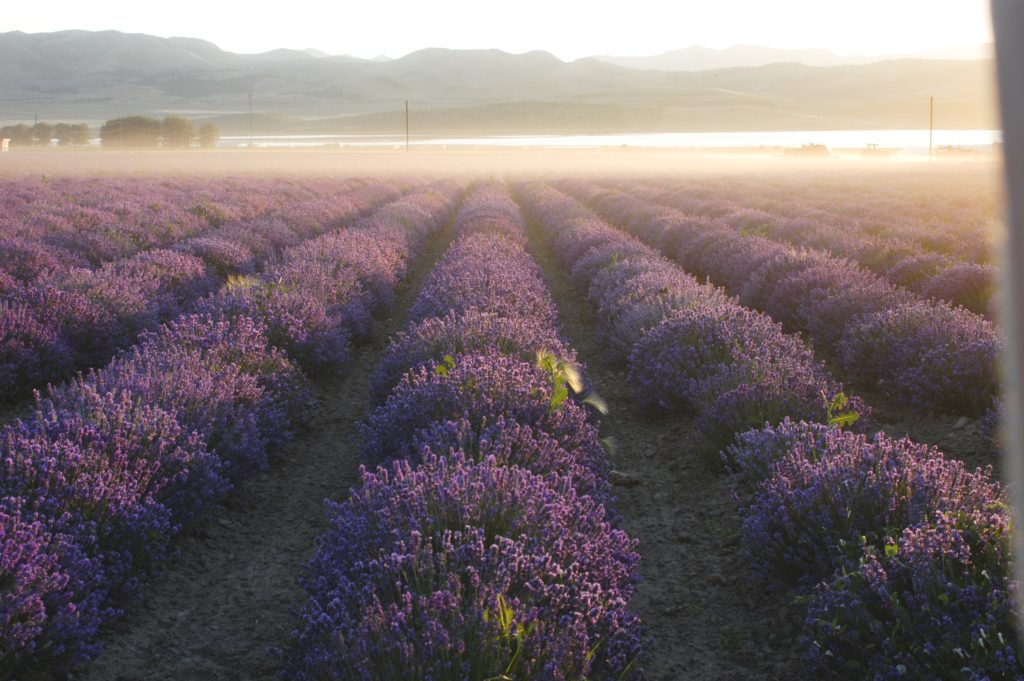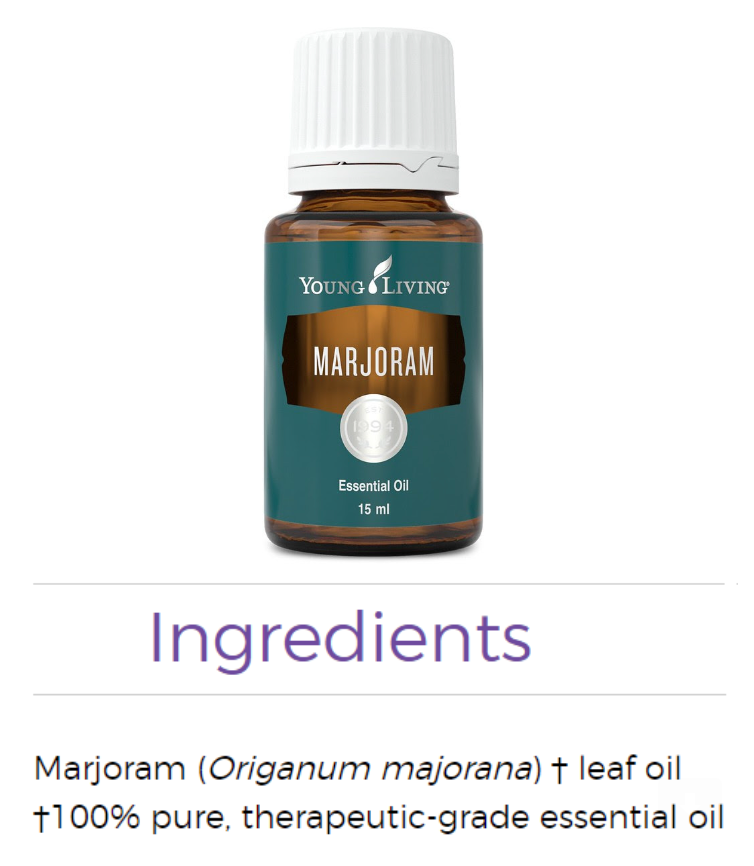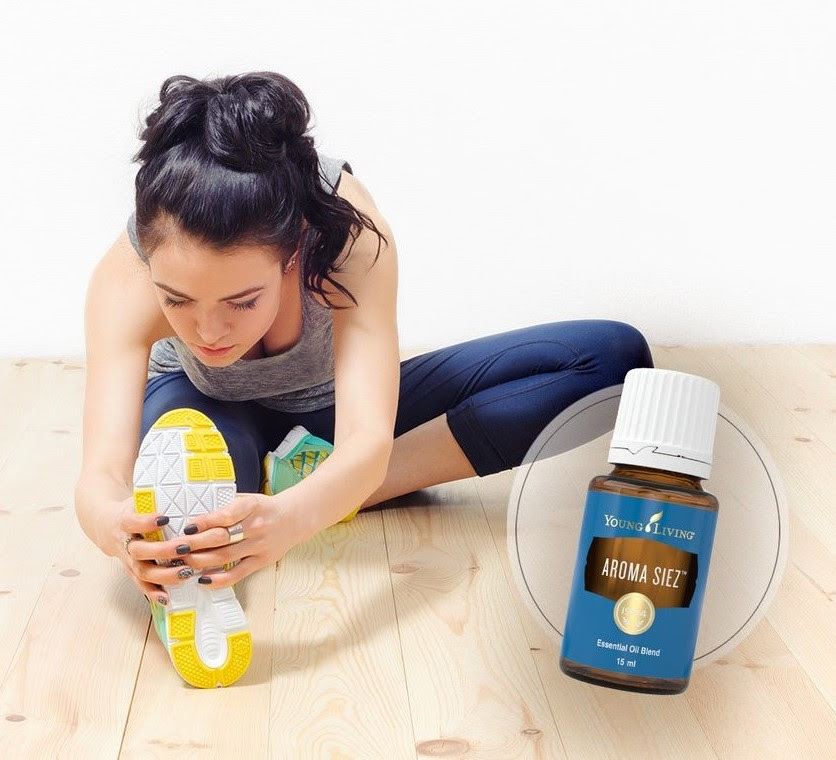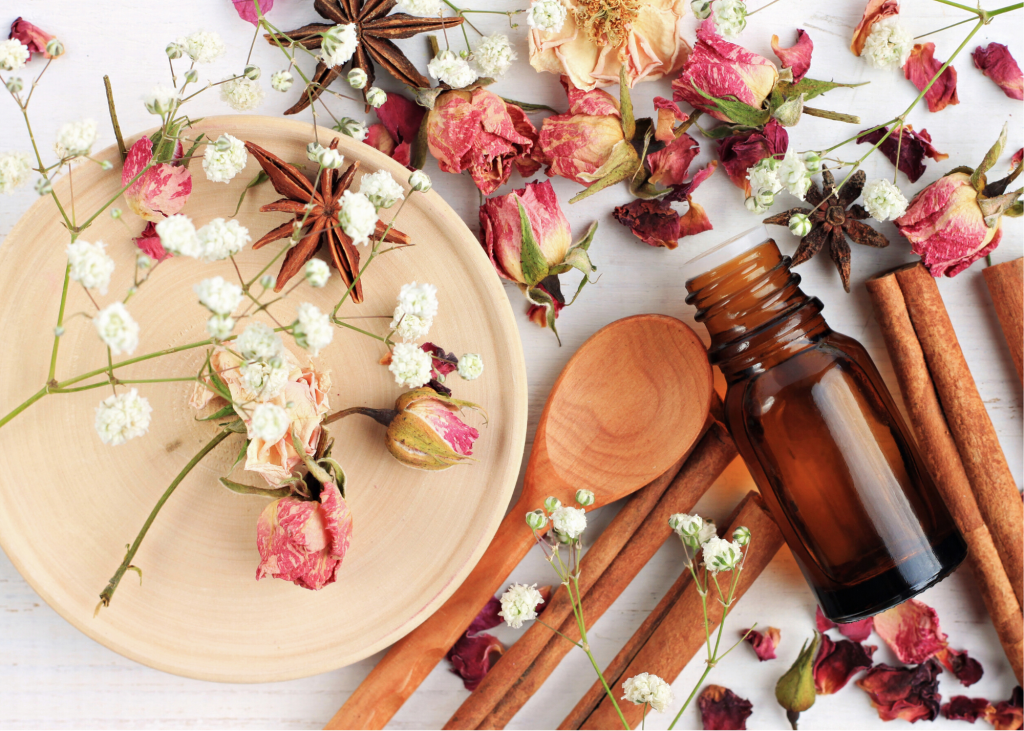Basil or Marjoram – which oil do you think is better?
24.03.2023
I hope you enjoyed last week’s bulletin where I shared with you some of the wonderful information that Gary Young (the Founder of Young Living) spoke about at his Dallas 2000 Raindrop Technique training. When I came across that information, I was actually hunting for something else. I was looking for some information on Basil versus Marjoram, which is the topic of this week’s bulletin.
I love deep diving into our essential oils, don’t you? I remember when I first started ordering from Young Living, I’d gone onto their monthly Essential Rewards program so that I could pamper myself each month with a different essential oil or oil-infused product. It’s how I nurture myself. So every month, I’d have a new oil (or 2 or 3) to explore and learn about. And I’m still learning!
This topic popped into my mind as a perfect topic for this week. Basil and Marjoram are both amazing oils for muscles…but how do you decide between them? What are their unique personalities that would have you reach for Basil over Marjoram, or vice versa?
Basil or Marjoram – which oil is better?


This is almost as good as the battle of the sexes! So you have some tight muscles – are you better to use Basil or Marjoram to relax them? Well, this opens up a most fascinating debate!
Basil helps to relax muscles that are super tight – you know when your muscles get so bunched up that they just won’t relax? You end up with a knot or muscle spasm that just doesn’t want to let go.
Well, that’s where Basil oil is in its element….and it’s why it’s an important oil used in Raindrop Technique.

In Raindrop Technique, Basil oil is dripped onto the erector spinae muscles that lie either side of the spine, like drops of rain. It’s then feathered in using a super-light, skin-tingling technique based on Native American energy work, then it’s massaged in with small clockwise circles (three times in each position on the erector spinae muscles).
We start on the right erector spinae muscles in the region of the hip, and do these circles until
we reach the neck, then we switch to the left side and repeat (again from hip to neck). And we alternate back and forth like that until we’ve worked 3 times up each set of muscles.
I still remember 20 years ago that my friend Rhonda was giving a Raindrop Technique to a client. She always noticed how the muscles progressively relaxed as she did these 3 sets of massage up each side of the spine. With every run, the muscles would let her in that much more.
This particular day, Rhonda had run out of Basil oil, and her client had some Basil oil from another company. Rhonda was really surprised to find that she wasn’t getting that progressive relaxation that she experienced when she used the Young Living Basil oil.
That’s because a lot of companies selling Basil oil are in fact selling “Sweet Basil oil”. It’s “Ocimum basilicum CT Linalool”.
But Gary had chosen instead to source “Ocimum basilicum CT Methyl chavicol”. And according to the Essential Oils Desk Reference, it contains 70 to 90% Methyl chavicol (estragol).
What does this mean? The CT means “chemotype”. A chemotype is like a race – it’s like us saying “I’m Caucasion”, or “I’m Asian”, or “I’m Native American”. On the surface we’re all humans (being our magnificent selves), but we look different, and we have different facial features.

The same applies to essential oils. Gary always used to teach us that Basil Methyl chavicol was superior to Sweet Basil for its impact on relaxing tight muscles, because of its high Methyl chavicol component…so that’s why he chose to grow and sell that variety of Basil oil through Young Living.
“It is important to have the right chemotype (strain) of the oil for the use intended, as different chemotypes work in very different ways.
For example, the camphor content in Young Living’s Lavender oil is 0.28%, whereas in Lavendin oil (which many other brands pass off as “Lavender oil”) the camphor content is 25%.”
Such a high camphor content will exacerbate a burn, so the last thing you’d want to do is to put Lavendin oil on a burn….yet, how are you to know what’s in your other brand’s bottle of Lavender oil?
Their labelling usually won’t reveal if their bottle contains Lavender or Lavendin oil (which is a sterile hybrid of Lavender oil). And they both smell very lavender-ish…..yet the results on the body from both oils are vastly different.
When I was in France visiting Young Living’s Lavender Farm at Simiane la Rotonde (pictured below), I went to the castle for some training. The teacher passed around 2 bottles of oil – one was Lavender, one was Lavendin, and neither had labels on them. When I smelled the Lavendin oil, I thought it was Lavender oil. That’s how close they are in aroma!

OK, so we know that Young Living sells Basil Methyl chavicol, and we know that this is superior for working on those tight muscles and muscle spasms.
But what about Marjoram?

Marjoram is also one of the oils used in Raindrop Technique, yet it’s applied several oils after Basil. Why? Because we want those tight muscles along the spine to relax first, before we bring in Marjoram.
In Raindrop Technique, we drip Marjoram all over the back. This is because it’s being used to relax the flat muscles across our back, including the Latissimus dorsi muscle, which is a broad, flat muscle occupying most of our lower thoracic area.
We then feather the Marjoram in, the same way we did with Basil oil. But instead of doing those circles along the erector spinae muscles (3 times in each position), we are now doing much larger circles that cover the entire region from the spine to the side of the body.
They are still being done clockwise, because clockwise is the direction our DNA spins when it’s healthy, so these clockwise circles are an “affirmation” of health through our DNA. We’re telling our body (energetically) that we choose to be healthy on every level, from the microcosm of our DNA all the way up to the macrocosm of our body tissues.
And just as we did with Basil oil, we start at the hips and work up to the neck (right side first).
Why right side first? Gary made this amendment to Raindrop Technique in 2007. His reasoning was that our large intestine starts on the lower right of our body, and moves in a clockwise direction to under our ribs, and then down to our lower left of our body. So because our digestive system starts on the right, Gary felt intuitively that our Raindrop Technique massage steps (for Basil and Marjoram) need to also start on the right side of the body.
Gary often had feelings like this, so he was constantly evolving his techniques. I’ve learned so many version of Raindrop Technique (starting with the version he taught in Dallas in 2000). It’s his 2007 version that I’ve stuck with….not because it’s superior to any other version, but it’s because it was the version he asked me to teach, which represented his most up to date perspective on the technique.
So what does Marjoram oil do, that’s different to Basil oil?

Well, Marjoram (Origanum majorana, aka Sweet Marjoram) has the same frequency as our smooth muscles. That includes the muscles of our digestive system, and also our heart muscles. So it doesn’t just relax all those flat muscles along our back, it also calms and relaxes these other smooth muscles.
That’s why a lot of people have a really great bowel movement after receiving Raindrop Technique. And it’s also why Marjoram is a major constituent in Young Living’s blend “Aroma Life”, which targets the emotional heart.
Marjoram was known as the “Herb of happiness” for the Romans, and the “Joy of the mountains” for the Greeks. It was a Funeral Herb for the Greeks, planted on graves to bring peace to loved ones who had passed on.
According to Gabriel Mojay in his book Aromatherapy for Healing the Spirit, “Sweet marjoram is one of the main essential oils that possess an ability to both strengthen and relax.”
He goes on to explain that it’s the perfect oil to use if you are feeling emotionally deprived and feeling like “no one cares”.
When our mind keeps going around and around and won’t let up, that’s when Marjoram is in its element. It’s also in its element when we’re craving emotional nurturing. It fills us up from the inside out, so that instead of feeling needy, we find ourselves once more able to give to those around us because our own cup is full first.

If you’re still unsure which of these 2 oils is right for you, then I have a solution!
Young Living has a wonderful oil blend, Aroma Siez, which combines both Basil and Marjoram with a sprinkling of Lavender, Peppermint and Cypress.
I like to think of it as a Raindrop Technique in a bottle, at least when it comes to relaxing those tight muscles, and clearing the mind of unnecessary emotional debris.
How to Order

If you have a wholesale account with Young Living, order through the shopping cart on your virtual office, or via phone with your local Young Living office.
If it’s been more than 12 months since you’ve ordered, or you’ve never set up an account, reach out to the person who introduced you to Young Living.
You’ll need their member number when you place your first order.
If you’ve lost touch with them, or need assistance, we’re here to help. Click on the button below, and we’ll be in touch to help answer your questions.
